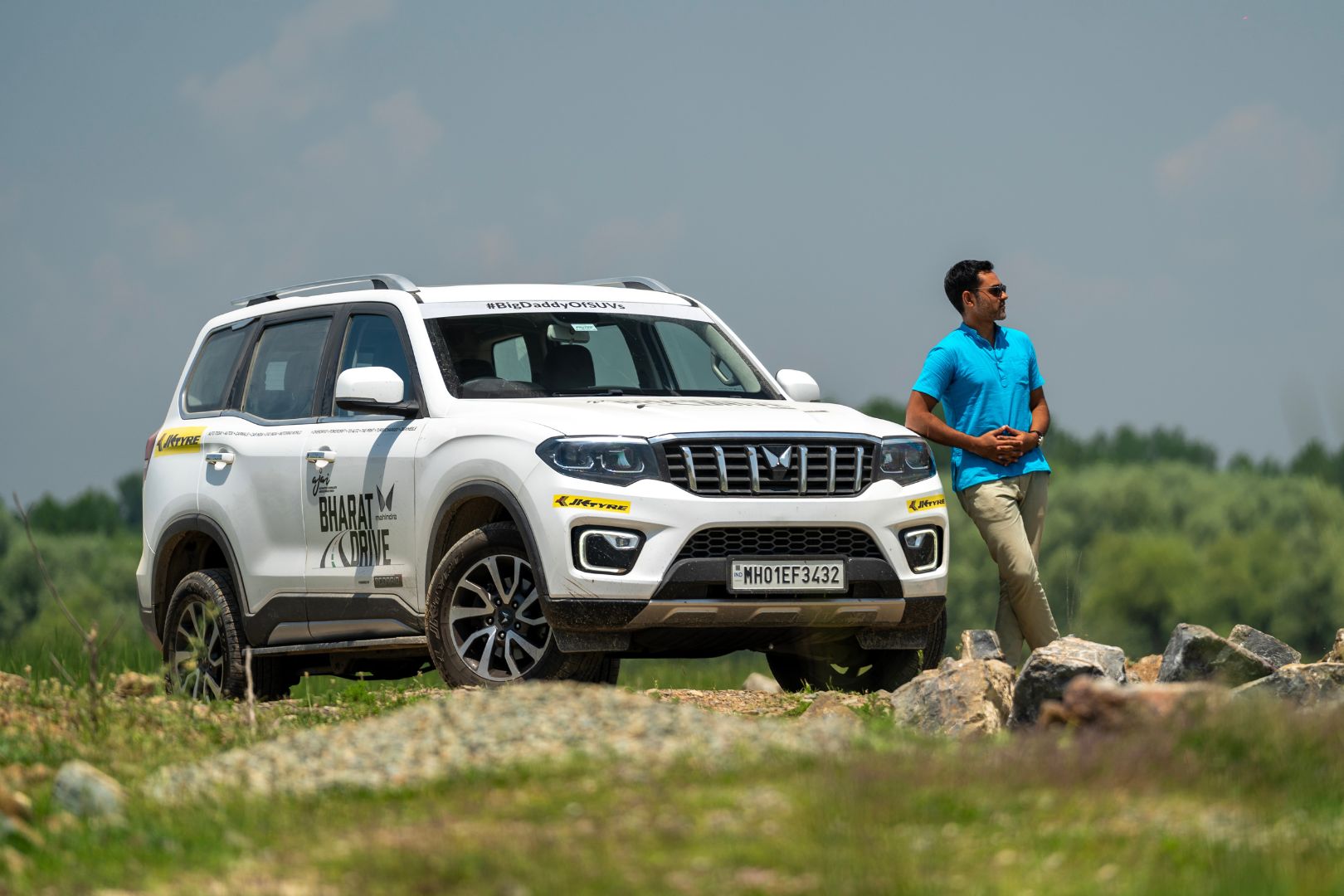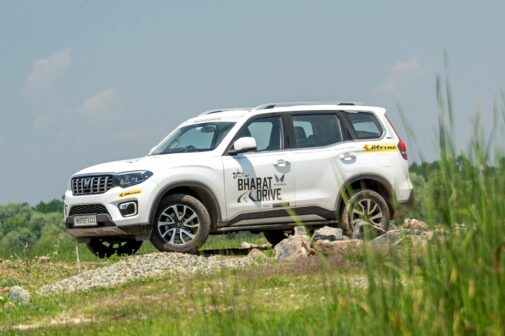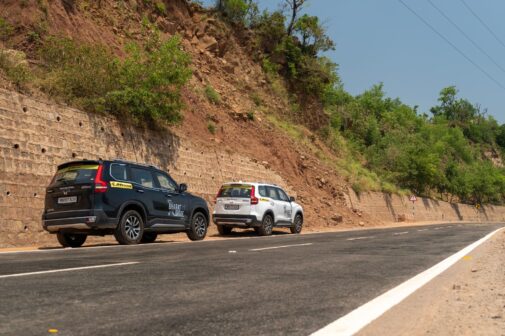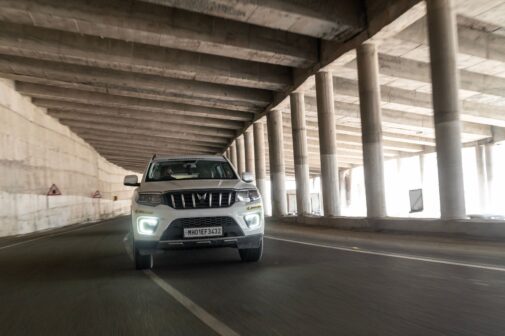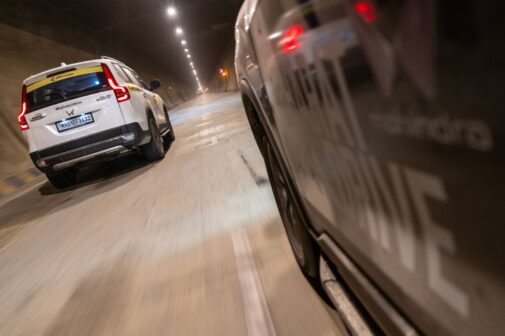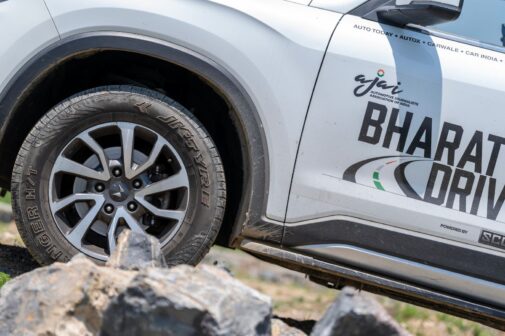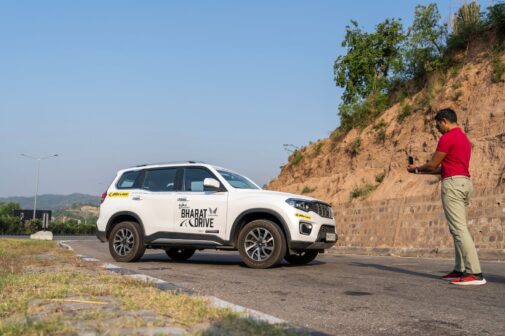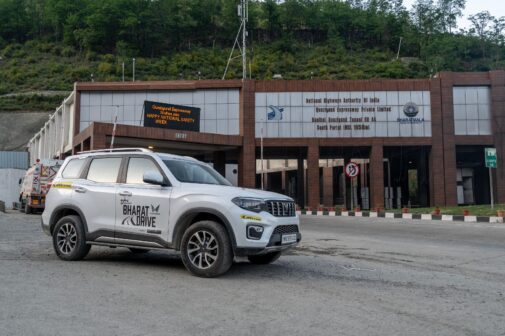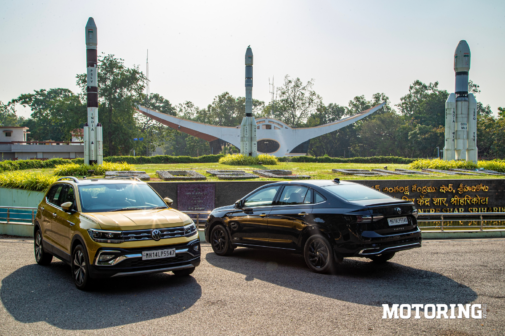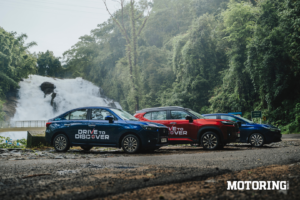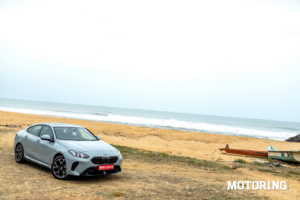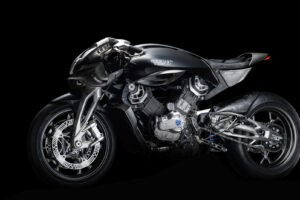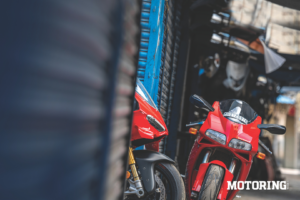In 2002, this magazine suffered a tragedy. Its beloved photographer at the time, Deepak Tolani, passed away in a road accident, and naturally the entire team was devastated – but they also decided to do something in his honour. An idea was developed – a hugely ambitious plan to drive through all of India’s states in 29 days. It was pitched to Mahindra, which instantly agreed to support it, and to provide Scorpios; importantly, it was also pitched to all the other automotive magazines, all of which also immediately agreed to join the drive. Thus was born the 29 States, 29 Days drive, the likes of which had never been done before in India; unsurprisingly, it was a resounding success, with everyone doing their bit to band together for a good cause.
22 years later, I couldn’t help but feel a sense of deja vu – all of India’s premier automotive media operating as one, driving Scorpio Ns through the length and breadth of the country for a good cause. What was it on this occasion? An idea whose time had come – AJAI, or the Automotive Journalists Association of India. This is something that has been on the minds of the steering committee of the ICOTY/IMOTY juries for a few years now – an association that looks after the interests of automotive journalists, works towards creating safer driving conditions in the country and grooms the next generation of automotive journalists. Now that it has been formally instituted, membership will soon be thrown open to everyone in the automotive media space, and hopefully AJAI will be able to contribute towards creating some truly meaningful things. Mahindra and JK Tyre were quick to join the drive as partners, so shoutouts are due to them.
The AJAI Bharat Drive, to give it its full name, aims to showcase the huge strides that have been made in public infrastructure in India over the last 20-odd years. No matter which side of the political divide you’re on, there’s no getting away from the fact that getting from point A to B in the country is now a much easier and faster process; I can personally vouch for this, since I’ve been driving around India for 21 years and have seen these changes with my own eyes. The format was simple – flag the drive off from Mahindra’s plant in Mumbai, fan out all over the country and check out some of the most important infrastructure projects, with the baton being passed from one media house to the next; those on the drive were Zigwheels, Turbocharged, The Print, TOI Auto, Powerdrift, Overdrive, Motoring World, Evo India, Car India, Carwale, AutoX and Auto Today. We were assigned the Jammu-Srinagar leg, and I was delighted to be the one behind the wheel of the white Scorpio N that had driven into Jammu from Amritsar.
We (the support crew and I) set out bright and early from Jammu, the gateway to some of India’s most revered temples. The somewhat nondescript town was in the grip of a heatwave blazing through northern India, which meant that even at 7am, the A/C in the Scorpio N was turned right up. Traffic was relatively light on NH44, the famous Kashmir-Kanyakumari highway, and we made smooth progress to our first rest stop, where the coffee shop was able to whip up a surprisingly good espresso macchiato, and where the restaurant served up a delicious breakfast. This reminded me of something that I believe isn’t often highlighted – the equally rapid pace at which private infrastructure has grown alongside our ever-expanding highway network. It’s far easier now to find numerous rest stops that are clean, safe, affordable and provide a variety of conveniences, which is great for those who like hitting the road.
A few hours later, we were at the first major piece of infrastructure between Jammu and Srinagar – the Syama Prasad Mookerjee tunnel, also known as the Patnitop tunnel and the Chenani-Nashri tunnel. It was inaugurated in 2017, before which travellers had to take a winding route via Patnitop; now, the journey has been made 30 km and a couple of hours shorter, due to the all-weather tunnel going right through the mountain. At 9.28 km, it is the longest road tunnel in India, bypassing several places on NH44 that are prone to avalanches and landslides, which sometimes completely block off the highway for days.
As with any tunnel of considerable length, it’s an engineering marvel. It consists of two tubes running parallelly – one is a 13-metre wide two-way structure for traffic, and the other is a 6-metre wide escape tunnel; these are connected by cross-passages running the entire length of the tunnel. A sophisticated ventilation system brings in fresh air and prevents the build-up of harmful exhaust fumes, and the entire tunnel system is waterproof. Building something like this 4000 feet up in the mountains is no mean feat, and it’s no wonder it took seven years to complete.
Once through this tunnel, the highway begins to climb ever upwards in the direction of Srinagar, and in all honesty, it’s not in the best of shape from here all the way to the second important tunnel on this route. In fact it can be described as terrible, but there’s a caveat – virtually all of the highway’s poor state is down to the fact that further development work is happening apace, with more tunnels and bridges being constructed. You can’t make an omelette without breaking some eggs, as the saying goes, and it’s a good bet that once this work is completed in the next three to four years, this highway is going to be in top shape. On the bright side, having the Scorpio N was a boon, since it nonchalantly shrugged off all the bad roads; helping it out were JK’s robust Ranger tyres, which made short work of it all.
Reaching the next tunnel on this highway elevates your spirits, because it’s the gateway to the gorgeous Kashmir valley. The Banihal-Qazigund Road Tunnel, at a height of almost 6000 feet, runs through the famous Pir Panjal mountain range, reducing the distance and time between Jammu and Srinagar by 16 km and around two hours. It’s just as impressive as the previous tunnel, if not more, since it has a couple of two-lane tubes for each direction of traffic (rather than one for both directions). It’s 8.45 km long, and each 7-metre wide tube is connected by passages at 500-metre intervals, for maintenance and emergencies; a forced ventilation system pumps in fresh air and extracts exhaust fumes. Since it’s at a lower height than the old tunnel, this all-weather one is much less prone to avalanches as well.
If you’re lucky enough to exit the tunnel just before sunset, as we were, you’ll be greeted with the sight of the glorious lower Himalayan mountains bathed in a golden glow. The highway from this point all the way to the outskirts of Srinagar is beautifully surfaced, with one particularly impressive stretch closer to the city; it suddenly becomes massively wide, and the reason behind this is for the armed forces to be able to land a plane on it. The drive into Srinagar’s legendary beauty is a breeze from here, and the excitement you feel about finally reaching the famous city is absolutely justified; who wouldn’t want to spend a few days experiencing its many wonders, after all?
After I signed off from the Bharat Drive, the crew headed on to Kargil and Leh, where my colleagues at Turbocharged and Auto Today were to take over driving duties (the lucky so-and-so’s). This leg of the drive was to finally end in Delhi, and throughout the journey, the different teams will have seen and experienced India’s growth story firsthand. The hope is that this story continues well into the future in a sustainable manner; alongside it, AJAI hopes to grow from strength to strength too, helping to create safer driving conditions and a new crop of world-class journalists. I’m sure you’ll join me in raising your (non-alcoholic) glasses to all of this!





